A focus on Fixed Colour Palette printing: The future of flexography
Asahi Photoproducts, a pioneer in flexographic photopolymer plate development, today reported it will be showing its AWP of water-washable flexographic plate solutions featuring Pinning Technology for Clean Transfer at Labelexpo Europe 2017. Asahi will be located on Stand 5A34 at the show, scheduled for 25 to 28 September in Brussels.
“Labelexpo Europe is always a highlight in our show schedule,” states Akihiro Kato, Managing Director of Asahi Photoproducts Europe. “That is especially true this year as interest in higher quality and more efficient production of labels and packaging is heating up across Europe. At the show, our experts be on hand to help visitors better understand how Asahi AWP™ plates can improve OEE and profitability without any compromise in quality. Visitors to our stand will also be able to see printed application examples and get advice from our experts about the best plates for their individual needs.”
New at Labelexpo from Asahi Photoproducts is the AWP-DEW plate solution, incorporating the renowned quality properties of AWP-DEF plates with the addition of a faster plate processing speed, making this plate ideal for labels and packaging operations with higher plate throughput looking to achieve significant quality and OEE benefits.
A feature of many of Asahi’s flexographic printing plates, Pinning Technology for Clean Transfer enables a clean ink transfer and prevents ink accumulating on the plate surfaces and shoulders in screen areas. This leads to fewer cleaning intervals and reduced press downtime, as well as significant quality improvements. Precise plate register achieved with Asahi plates ensures very high quality process printing with a fixed colour palette, minimizing the need to use and manage spot colour inks.
Pinning Technology for Clean Transfer allows a kiss-touch printing pressure setting. It makes use of low plate surface tension, made possible by a specially engineered Asahi polymer chemistry, to inhibit liquid flow. The ink forms a globule, with a large contact angle and high pinning point. This results in a cleaner and more homogeneous ink transfer from plate to substrate, helping flexographic printers meet the ever-increasing quality demands of their customers.


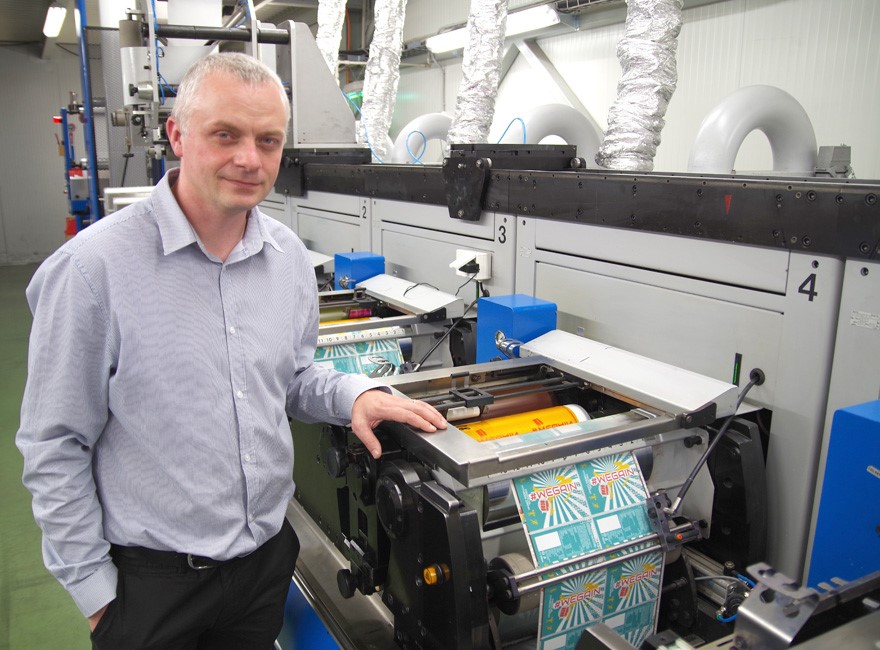
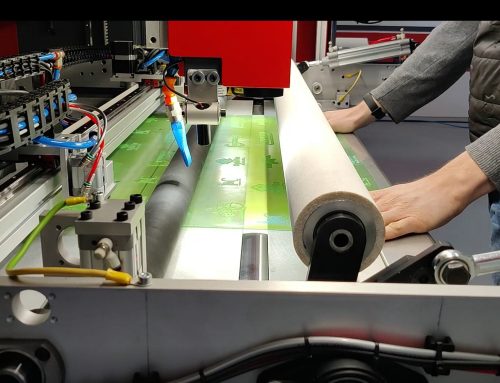
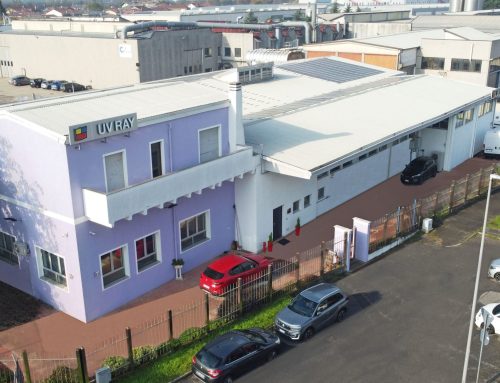

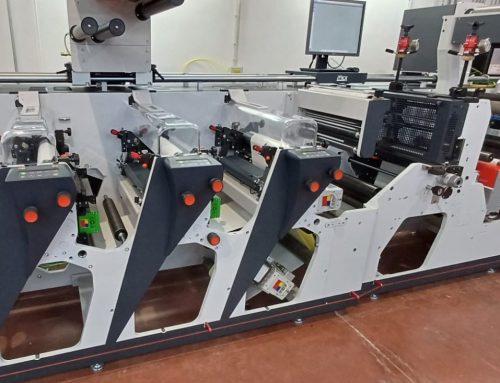
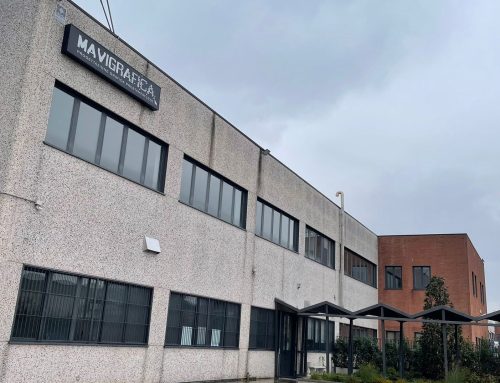
Leave A Comment